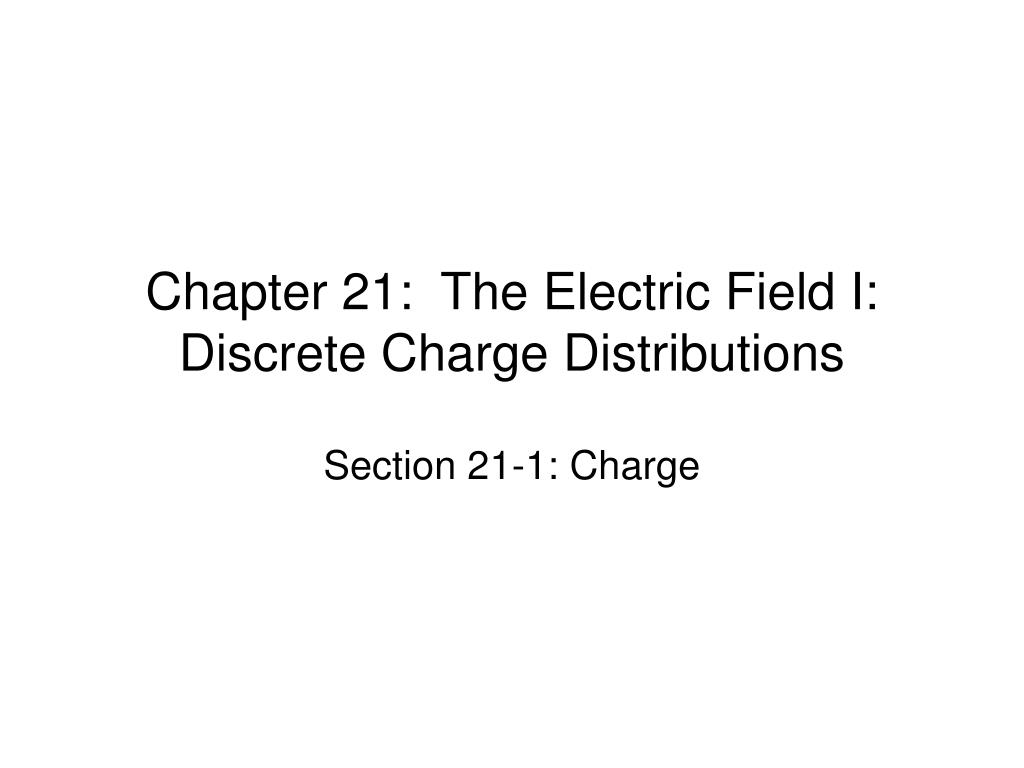

The electric charge of one electron is equal in magnitude and opposite in sign to the charge of one proton. The vast majority of positive charge in nature is carried by protons, whereas the vast majority of negative charge is carried by electrons.Like charges repel, unlike charges attract, and the force between charges decreases with the square of the distance. There are only two types of charge, which we call positive and negative.Particle in the nucleus of an atom and carrying a positive charge equal in magnitude to the amount of negative charge carried by an electronīuildup of electric charge on the surface of an object the arrangement of the charge remains constant (“static”)Ĭoncept that states that the net electric field of multiple source charges is the vector sum of the field of each source charge calculated individuallyĪmount of charge in an element of a two-dimensional charge distribution (the thickness is small) its units are \(\displaystyle C/m^2\)Īmount of charge in an element of a three-dimensional charge distribution its units are \(\displaystyle C/m^3\) particle surrounding the nucleus of an atom and carrying the smallest unit of negative charge. noncontact force observed between electrically charged objects. Useful fact that we can simply add up all of the forces due to charges acting on an object physical phenomenon created by a charge it transmits a force between a two charges. Slight shifting of positive and negative charges to opposite sides of an object
Discrete charge of electron free#
Typically a molecule a dipole created by the arrangement of the charged particles from which the dipole is createdĪlso called the permittivity of free space, and constant describing the strength of the electric force in a vacuum Neutral particle in the nucleus of an atom, with (nearly) the same mass as a proton Net electric charge of a closed system is constantĪmount of charge in an element of a charge distribution that is essentially one-dimensional (the width and height are much, much smaller than its length) its units are C/m Material that holds electrons securely within their atomic orbitsĪtom or molecule with more or fewer electrons than protons Straight wire whose length is much, much greater than either of its other dimensions, and also much, much greater than the distance at which the field is to be calculated Typically an atom, or a spherically symmetric molecule a dipole created due to opposite forces displacing the positive and negative charges Number of field lines per square meter passing through an imaginary area its purpose is to indicate the field strength at different points in space Smooth, usually curved line that indicates the direction of the electric field Study of charged objects which are not in motion Phenomenon of two objects with like charges repelling each other Phenomenon of two objects with opposite charges attracting each otherĪmount and direction of attraction or repulsion between two charged bodies the assumption is that the source charges have no acceleration Particle surrounding the nucleus of an atom and carrying the smallest unit of negative charge So, centripetal acceleration is equal to 'v squared' over 'r'. So we have negative 'e', is the charge on the electron, divided by 'r squared', is equal to the mass of the electron times the centripetal acceleration. Noncontact force observed between electrically charged objects The charge on the electron is the same magnitude as the charge on the proton, but it's a negative value. Physical phenomenon created by a charge it “transmits” a force between a two charges Physical property of an object that causes it to be attracted toward or repelled from another charged object each charged object generates and is influenced by a force called an electric force This lesson discusses the electric field, which is a map of the electric force a test charge would experience at any given location in space.

Property of a dipole it characterizes the combination of distance between the opposite charges, and the magnitude of the charges Two equal and opposite charges that are fixed close to each other Mathematical equation calculating the electrostatic force vector between two charged particles Total source charge composed of so large a number of elementary charges that it must be treated as continuous, rather than discrete Material that allows electrons to move separately from their atomic orbits object with properties that allow charges to move about freely within it Process by which an electrically charged object brought near a neutral object creates a charge separation in that objectĮlectron that is free to move away from its atomic orbit


 0 kommentar(er)
0 kommentar(er)
